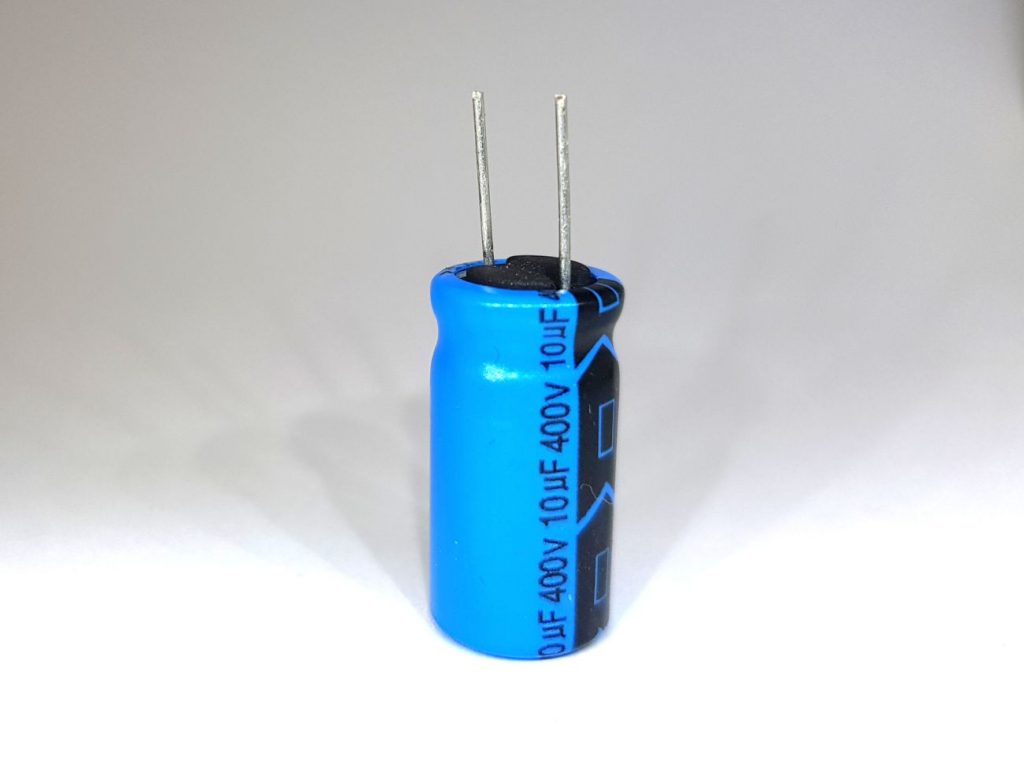The Catastrophic Consequences of Capacitor Failure: Unveiling the Hidden Dangers
3 min read
Capacitors are essential components in various electronic devices, serving as energy storage units. However, when a capacitor fails, the consequences can be far-reaching and potentially catastrophic. In this article, we will delve into the intricate details of what happens when a capacitor fails, exploring the causes, symptoms, and the potential risks associated with such failures.
- Understanding Capacitor Failure:
1.1 Types of Capacitor Failure:
- Short Circuit Failure: A short circuit occurs when the dielectric material breaks down, causing a direct connection between the capacitor plates.
- Open Circuit Failure: This failure happens when the dielectric material deteriorates, leading to an open circuit and preventing the capacitor from storing or releasing energy.
- Overheating Failure: Excessive heat can cause the dielectric material to degrade, resulting in a loss of capacitance or even a complete breakdown.
- Causes of Capacitor Failure:
2.1 Aging and Wear:
- Electrolytic Capacitors: Over time, the electrolyte inside electrolytic capacitors can dry out or leak, leading to a loss of capacitance or short circuits.
- Ceramic Capacitors: Mechanical stress, temperature fluctuations, or voltage spikes can cause cracks in the ceramic material, resulting in open circuits or reduced capacitance.
2.2 Voltage and Current Overstress:
- Overvoltage: Applying a voltage higher than the capacitor's rated voltage can cause dielectric breakdown and subsequent failure.
- Overcurrent: Excessive current flowing through a capacitor can generate heat, leading to thermal stress and eventual failure.
2.3 Environmental Factors:
- Temperature Extremes: Capacitors are sensitive to temperature variations, and exposure to extreme heat or cold can degrade the dielectric material, reducing performance and lifespan.
- Humidity and Moisture: Moisture can penetrate the capacitor, causing corrosion, leakage, or short circuits.
- Symptoms of Capacitor Failure:
3.1 Visual Indications:
- Bulging or Leaking: Electrolytic capacitors may exhibit physical signs of failure, such as bulging or leaking electrolyte.
- Cracked or Damaged: Ceramic capacitors can crack or show signs of physical damage when they fail.
3.2 Electrical Indications:
- Increased ESR: Equivalent Series Resistance (ESR) is a measure of a capacitor's internal resistance. A significant increase in ESR indicates a potential failure.
- Reduced Capacitance: Failed capacitors may exhibit a lower capacitance value than their specified rating.
- Risks and Consequences of Capacitor Failure:
4.1 Equipment Damage:
- Power Supply Issues: Failed capacitors in power supply units can cause voltage fluctuations, leading to unstable operation or even damage to connected devices.
- Circuit Malfunction: Capacitor failures can disrupt the normal functioning of electronic circuits, affecting performance and potentially causing system failures.
4.2 Safety Hazards:
- Fire and Explosion: In extreme cases, capacitor failures can result in thermal runaway, leading to fire or explosion risks.
- Electric Shock: Capacitor failures can expose live electrical components, posing a significant risk of electric shock to users.
Conclusion:
Understanding the potential consequences of capacitor failure is crucial for maintaining the reliability and safety of electronic devices. By recognizing the causes, symptoms, and risks associated with capacitor failures, engineers and technicians can take proactive measures to prevent failures, such as regular maintenance, proper component selection, and monitoring operating conditions. Remember, a small capacitor failure can have significant implications, so it is essential to prioritize the health and integrity of these vital electronic components.
